Long distance rangefinders have become an indispensable tool in outdoor activities such as hunting, long range shooting, and golf. Compared with standard rangefinders, long-distance models offer greater measuring range, higher accuracy and stronger adaptability to various environments compared with their counterparts.
In this article, we'll take an in-depth look at what a long distance rangefinder is, its key features, its optimal use, and tips on selecting one suitable for you to meet your individual needs!
Part 1. What is a Long Distance Rangefinder?
Long distance rangefinders use laser or optical technology to accurately and quickly measure distances to distant targets, usually up to 1000 meters (1,094 yards). Some high-end models may even exceed this limit and exceed 5,470 yards! It allows users to quickly and precisely determine their distance from any given object or distant object in real time - making these devices highly valuable across various fields, such as:
long range Hunting and Shooting: long range hunting and shooting software allows hunters and shooters to quickly lock onto prey or targets from a greater distance, improving accuracy and safety.
Golf: Measuring golf distance accurately allows golfers to select and plan shots more strategically by selecting appropriate clubs and planning shots with confidence.
Military Applications: Used for reconnaissance missions and pinpoint target location during long range combat scenarios.
Modern long distance rangefinders feature powerful magnification optics, advanced angle compensation features and ballistic data integration; making them essential tools for both professionals and dedicated enthusiasts.

Part 2. Key Features of a Long Distance Rangefinder
When selecting a high-performance long distance rangefinder, it is essential to prioritize certain core specifications that directly affect its accuracy, usability and adaptability. Here are the main features to look out for when purchasing one:
1. Measuring Range
Most standard rangefinders measure distances up to 500-800 meters (547-875 yards). Long distance rangefinders often cover 1000-3000 meters (1,094-3,280 yards). Some military or professional-grade units can even measure beyond 5,470 yards!
Having such an expansive measurement capability is essential when engaging in long range hunting, tactical operations or topographic surveying activities.
2. Measurement Accuracy
The smaller the margin of error, the more reliable is its data. Long distance rangefinders usually maintain an extremely precise level of precision that falls within +-1 meter (+-1.09 yards). This precision is key when making critical distance decisions such as those used in sports or military settings.
3. Optical Magnification
Magnification can help users more clearly locate and lock onto distant targets. Most long range models offer 6x to 7x magnification; higher end units even go further. This feature is especially helpful for shooting, sniping and golf where precise visualization before taking action is key.
4. Environmental Adaptability
Top-tier rangefinders are designed to withstand challenging outdoor conditions. Look for features such as:
- Fog Resistance: Ensures clear readings even in humid or misty weather.
- Waterproof and Dustproof Housing: Extends device lifespan and reliability in harsh terrains.
- Low-Temperature Operation: Critical for use in alpine or winter environments.
5. Smart Features
Modern rangefinders are not just about distance, they also integrate smart technologies to enhance usability:
- Angle Compensation: Automatically adjusts distance readings based on slope, ideal for mountainous or hilly terrains.
- Bluetooth Connectivity & App Syncing: Allows data transfer and live display through mobile apps.
- Wind Speed Integration: Available in some advanced models, helping shooters or golfers factor in wind influence for better decisions.
These features make long distance rangefinders not just tools, but intelligent companions for demanding outdoor activities.

Part 3. How to Choose the Right Rangefinder for Long Distance?
Selecting a suitable long distance rangefinder depends on your specific needs, budget, and the environment in which you’ll be using the device. Here are the key factors to consider when making your decision:
1. Define Your Application Scenario
The first step is to clarify how you’ll use the rangefinder:
- Hunting: Requires fast target acquisition, camouflage-friendly design, and angle compensation for uneven terrain.
- Long Range Shooting: Demands extremely precise distance data, often over 1,000 meters (1,094 yards), and compatibility with ballistic apps or windage tools.
- Golf: Prioritizes compact size, lightweight design, quick flag-lock, and slope adjustment.
- Engineering or Surveying: Focuses on long measurement range, data recording, and integration with external tools or mobile devices.
Each scenario places different emphasis on range, precision, portability, and additional features.
2. Required Measuring Distance
Make sure the rangefinder’s maximum distance exceeds your typical use case. For instance:
If your shooting range is usually within 1,500 meters (1,640 yards), choose a model rated for at least 2,000 meters (2,187 yards) to ensure accuracy under different weather and lighting conditions.
For golfers, a model capable of 800–1,200 meters (875–1,312 yards) is often more than sufficient.
Overestimating your range requirement slightly ensures flexibility and performance in less-than-ideal conditions.
3. Budget and Brand Reputation
Reliable performance often comes from reputable brands. Top brands include:
- Gogogo Sport Vpro – Excellent value for money, offering many smart features at a lower price point.
- Bushnell – Known for golf and hunting rangefinders with solid features and build quality.
- Leica – High-end optics and ultra-precise measurements, ideal for professional use.
Establish your budget, then compare options within that range. Mid-range products often provide a good balance between quality and price.

4. Ease of Use
A user-friendly design is essential for fieldwork:
- Are the buttons logically arranged and easy to operate with one hand or gloves?
- Is the display bright and readable in various lighting conditions?
- Does it support one-button quick measurement or continuous scanning?
For users in fast-paced environments like hunting or competition shooting, simple operation can make all the difference.
5. Additional Features
Depending on your use, consider:
- Tripod Mount Compatibility: Useful for stable, long-distance measurements in surveying or sniping.
- Night Mode or Low-Light Readability: Essential if you work at dusk, dawn, or in shadowy conditions.
- Waterproof and Shockproof Design: Critical for outdoor enthusiasts who face unpredictable conditions.
- App Sync and Data Logging: Helpful for golfers and surveyors needing historical data or integration with training tools.
By evaluating your needs based on these points, you can confidently select a long distance rangefinder that offers both performance and reliability in the field.
Part 4. Best and Affordable Long Distance Rangefinder - Gogogo Sport Vpro ZeroIn Rangefinder
If you're looking for a reliable, versatile, and powerful long distance rangefinder, the Gogogo Sport Vpro ZeroIn (GS91 2500Y) is one of the best choices. Engineered for both precision and usability, it combines elite-level distance measuring capabilities with smart design features that make it a top-tier device for golf, disc golfing, hunting, and outdoor enthusiasts alike.

Impressive 2500-Yard Measuring Capability
Thanks to TrueMeasure technology, the GS91 can measure distances up to 2,500 yards (approx. 2,286 meters) in its highest mode—giving users unmatched flexibility for long range use. Whether you're checking flagstick distance on the golf course or ranging a remote target in open terrain, ZeroIn ensures accurate, fast readings even at extreme distances.
Advanced FLAGLOCK 2.0 System
With FLAGLOCK 2.0, you can now lock onto flagsticks at distances of up to 500 yards, helping golfers get a fast, accurate read on distant targets. This upgraded system improves responsiveness and ensures that even in tricky background conditions, the correct object is identified and measured.
All-in-One Functionality
The ZeroIn isn't just about distance. It offers a slope reading mode with a convenient slope on/off switch, making it tournament-legal when needed. A built-in magnetic mount allows you to easily attach it to a golf cart or metal surface for quick access during play.
Premium Design with Ergonomic Comfort
Wrapped in soft latex, the stylish body delivers a secure and comfortable grip, even during extended use. It's not just about aesthetics, the thoughtful craftsmanship ensures the device feels as good as it performs.
Revamped LCD Interface
The new interface layout enhances readability, helping users quickly read and interpret distance data in bright daylight or low-light conditions. Clear visuals and logical button arrangement also make it incredibly user-friendly, even for first-time users.
Whether you're a golfer seeking precision, a hunter tracking distance, or an outdoor adventurer needing long range data, the Gogogo Sport Vpro ZeroIn GS91 is built to perform, reliably, accurately, and stylishly.
Part 5. Practical Tips for Using a Long Distance Rangefinder
To get the most accurate and reliable measurements from your long distance rangefinder, it's important to follow some practical usage tips:
1. Hold Steady for Stable Readings
To obtain accurate distance measurement, the rangefinder must remain as steady as possible when in use, ideally using both hands to firmly grip it. When measuring longer distances or when maximum accuracy is desired, using a tripod or monopod may help eliminate hand tremors that could skew results and compromise readings.
2. Avoid Measuring Against Strong Backlight
Strong backlighting or direct sunlight can interfere with laser beam reflection and compromise its accuracy, so whenever possible it is best to take measurements with either front lighting conditions (i.e. using front or side illumination conditions) or with back lighting conditions so the sensor can pick up returned laser signals more clearly.
3. Regular Calibration for Consistency
Over time and with frequent use, your rangefinder's internal system may begin to drift slightly. To maintain optimal accuracy and ensure consistent readings, perform periodic calibration according to manufacturer instructions - this may involve measuring known distances or calibrating tools, so your readings remain reliable.

4. Keep the Lens Clean
Dirt, moisture, fingerprints and dust can compromise laser beam measurements and lead to inaccurate measurements. Use a soft lens cloth or microfiber cloth designed for optical devices when cleaning the lens regularly to avoid scattering or weakening its effects on measurements. Also avoid harsh chemicals as much as possible and store your rangefinder safely when not in use to minimize contamination risks.
5. Set Units and Modes Appropriately
Make sure your device's measurement units suit your needs; yards or meters, depending on local convention or activity, can be selected depending on preference.
In addition, select an appropriate measurement mode, such as normal, scan, slope, depending on whether straight-line distance measurements, continuous scanning, or slope readings are desired. By setting these correctly, the data you receive is practical and accurate for its intended use.
Wrap Up
Rangefinders provide critical eyes for decision-making, from long range golf shots and stalking prey in the mountains and grasslands to challenging long-distance shots on a golf course. Before purchasing one, outline your needs, desired features, budget requirements, and take into consideration any recommendations in this article to easily choose an optimal product.

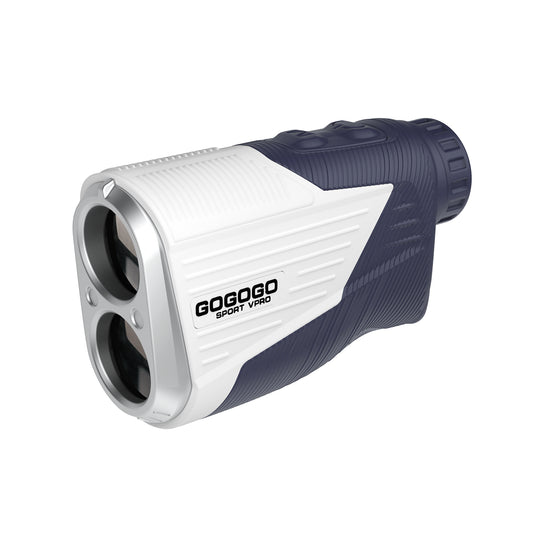
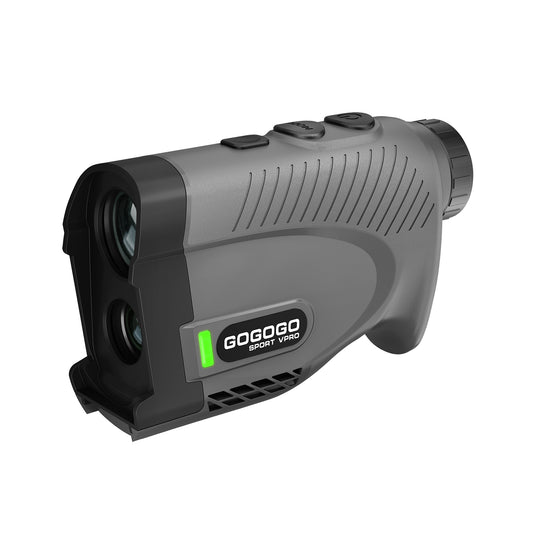
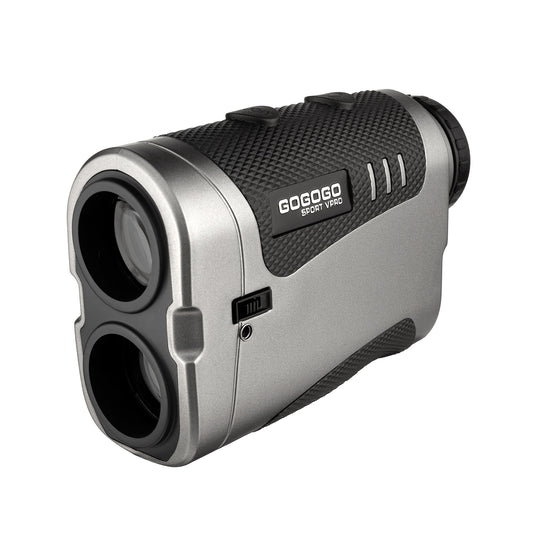
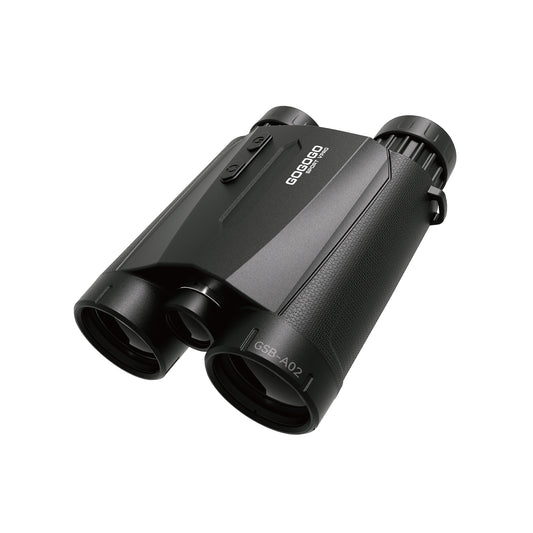
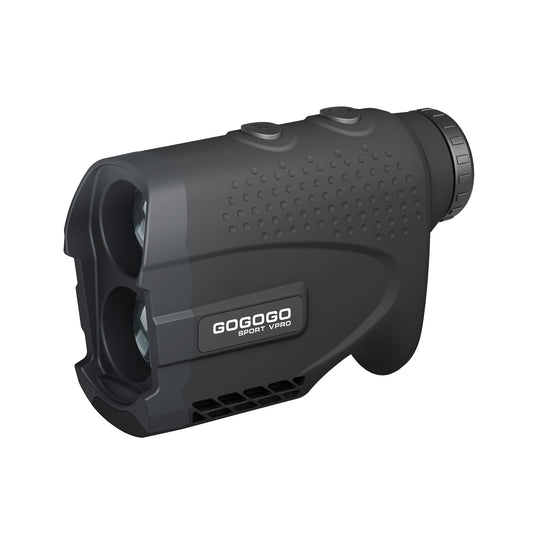
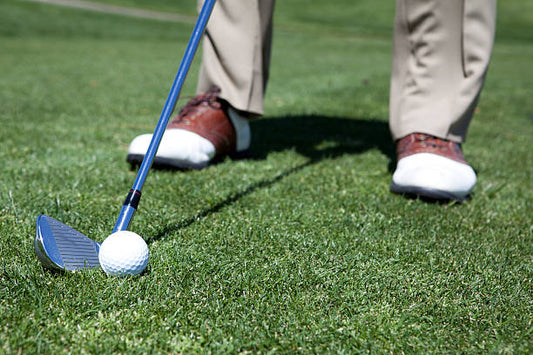
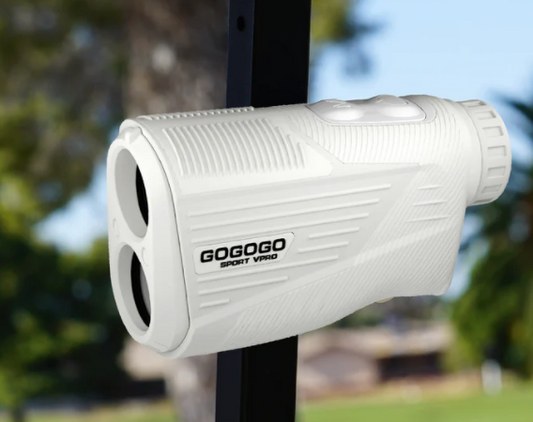
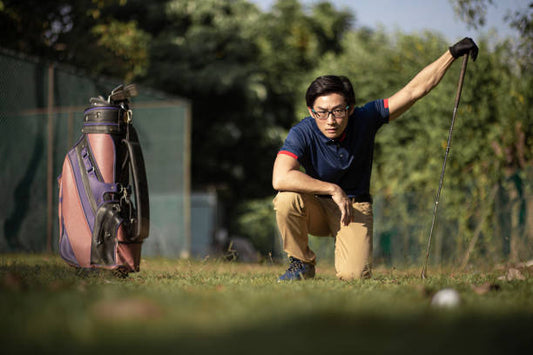
![[2025] The Ultimate Guide to Pinseeker Rangefinders for Golfers](http://gogogosport.com/cdn/shop/articles/gogogo_sport_vpro_pinseeker_rangefinder.png?v=1757993796&width=533)